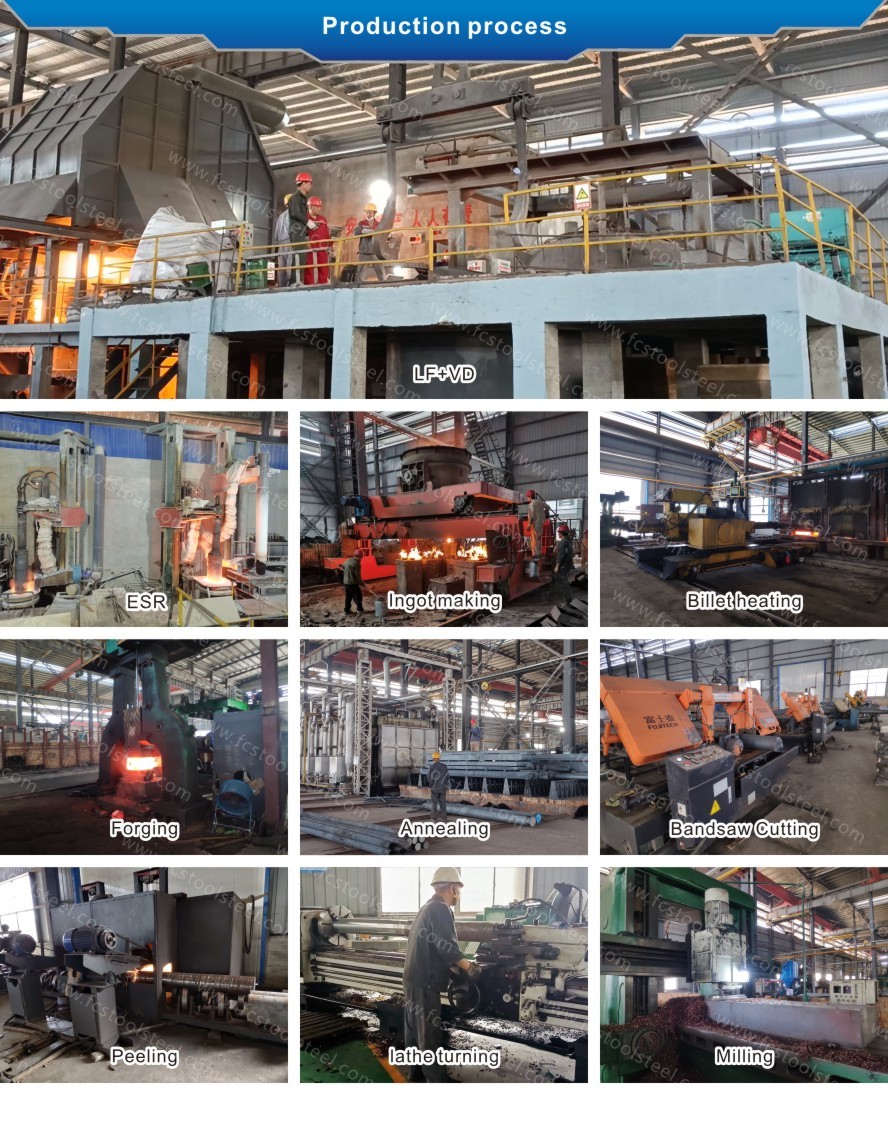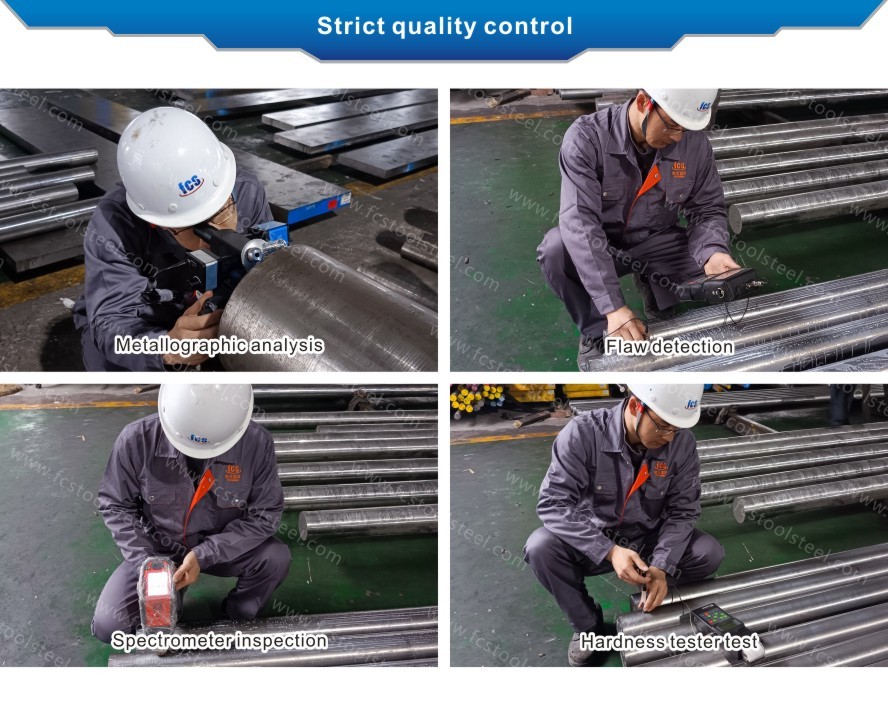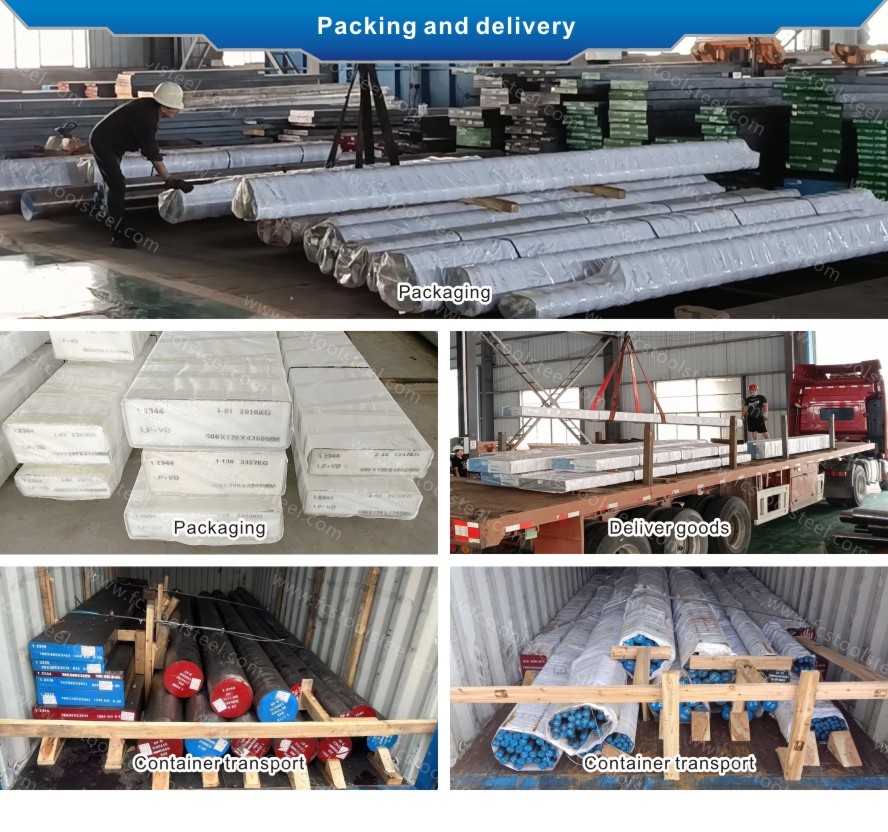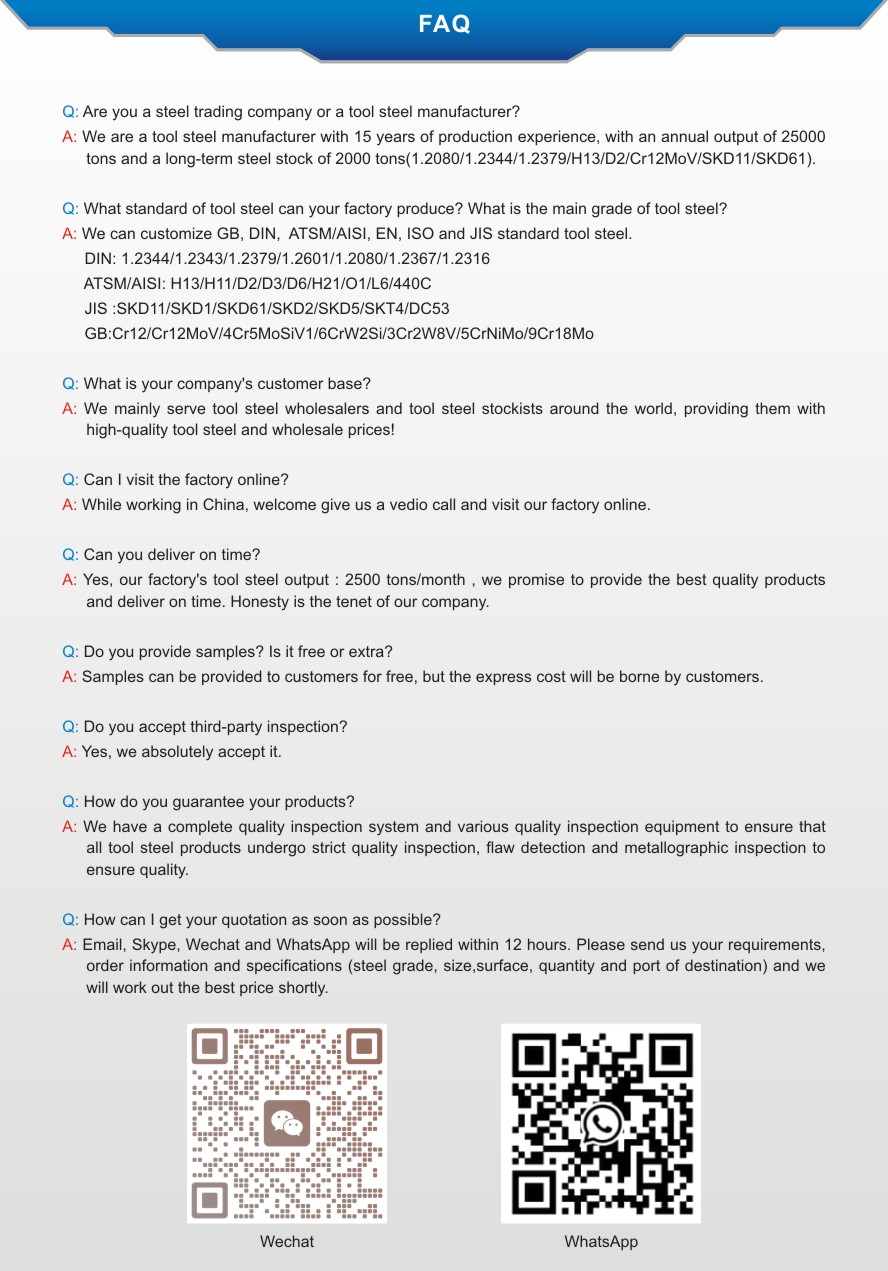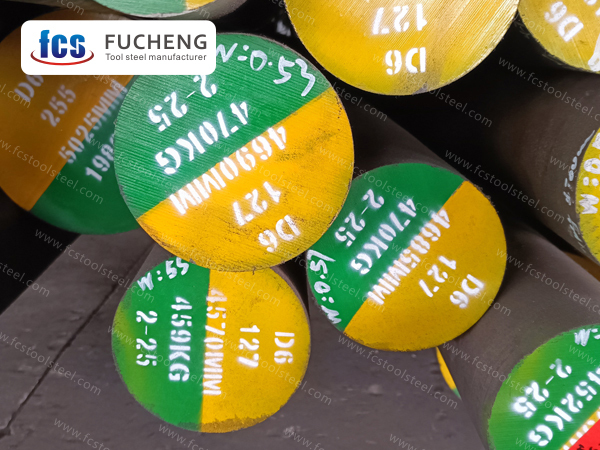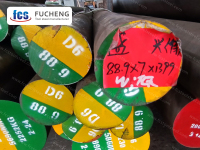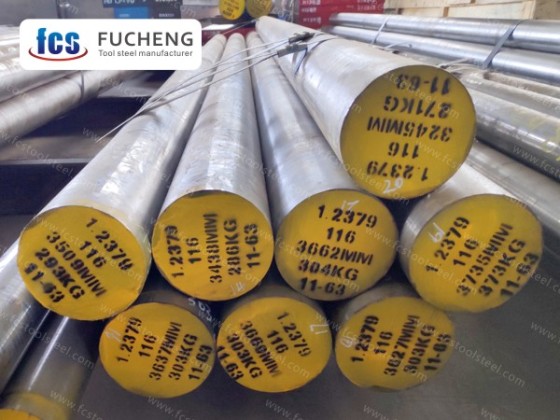
AISI D6 Tool Steel | 1.2436 | X210CrW12 | SKD2 Cold Work Steel
D6 tool steel has the characteristics of high hardenability, hardenability, strength and toughness, wear resistance and small quenching volume deformation.
D6 tool steel is suitable for cold stamping die, wire drawing die, drawing die, embossing die, wire rolling die, wire rolling plate, cold upsetting die and cold extrusion die.
- fucheng steel
- China
- 1 Month
- 2000 Tons/Month
- Information
- Video
D6 TOOL STEEL
| Smelting and Manufacture Method: | LF+VD+Forged |
| Delivery Condition: | Annealed |
| Delivery hardness: | ≤255 HBS |
| UT Test Standard: | Sep 1921-84 Class3 D/d,E/e |
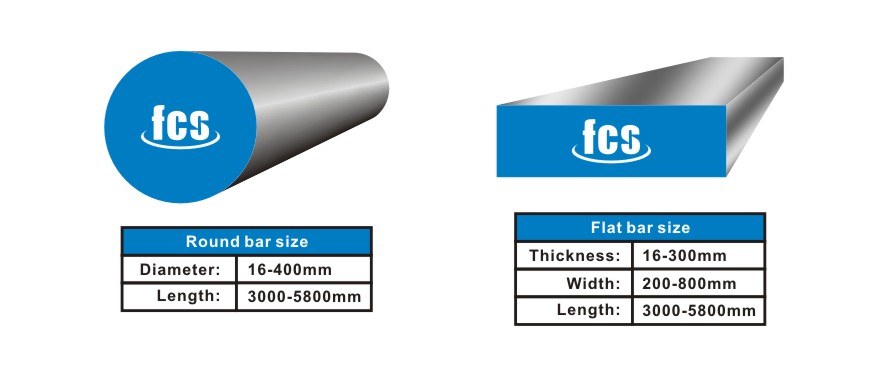
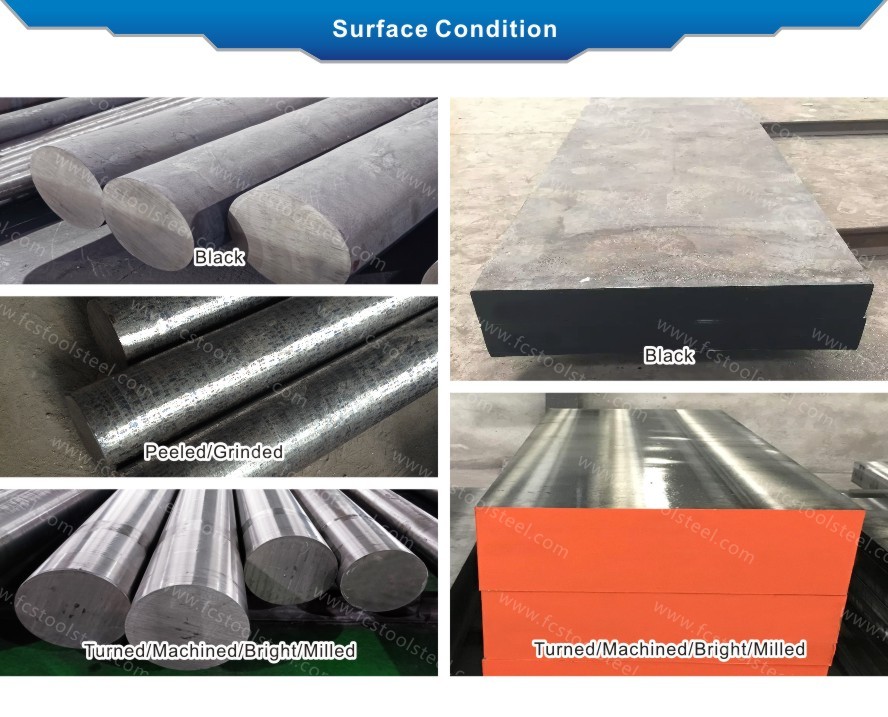
D6 STEEL GRADE COMPARISON AND CHEMICAL COMPOSITION COMPARISON
| Standard/Steel Grade | Chemical Composition(%) | |||||
| C | Si | Mn | Cr | W | ||
| ASTM | D6 | 2.00~2.20 | 0.35~0.50 | 0.20~0.40 | 11.50~12.50 | 0.60~0.90 |
| DIN/W-Nr. | X210CrW12/1.2436 | 2.00~2.25 | 0.10~0.40 | 0.15~0.45 | 11.00~12.00 | 0.60~0.80 |
| JIS | SKD2 | 2.00~2.30 | 0.10~0.40 | 0.30~0.60 | 11.00~13.00 | 0.60~0.80 |
APPLICATION
D6 tool steel is suitable for cold stamping die, wire drawing die, drawing die, embossing die, wire rolling die, wire rolling plate, cold upsetting die and cold extrusion die.
D6 Steel Properties
D6 steel, as a representative material of cold work die steel, occupies an important position in the field of precision manufacturing due to its unique alloy ratio. D6 steel can achieve excellent comprehensive performance through a special heat treatment process, becoming a widely recognized high-performance tool steel in the industry.
D6 steel forms a high hardness carbide substrate through the synergistic strengthening of carbon and chromium core elements with alloys such as tungsten and molybdenum. The composition design of D6 steel significantly improves its resistance to plastic deformation and edge retention while ensuring cutting performance.
D6 steel needs to be optimized for performance through oil quenching and tempering processes. Appropriate heat treatment can balance hardness and toughness, ensure dimensional stability during service, and reduce the risk of deformation.
The core advantage of D6 steel lies in its extremely high wear resistance, and its lifespan can reach 3-4 times that of ordinary alloy tools. Simultaneously possessing excellent compressive strength and impact fatigue resistance, suitable for repeated impact conditions.
D6 steel has shown special value in the aerospace industry and is commonly used in the manufacturing of aircraft structural component forming molds and engine component processing tools. The stable performance of D6 steel makes it one of the key materials in the field of aviation manufacturing.
D6 steel has become the mainstream choice for wear-resistant tools due to its high cost-effectiveness. Although weaker in extreme high temperature oxidation resistance than cobalt containing high-end steel grades, the comprehensive performance advantage is obvious under conventional working conditions.
D6 steel is expanding its application boundaries through new technologies such as surface nitriding and laser cladding. The strengthened surface hardness can be increased to HV1100 or above, with significant potential in the field of precision wear-resistant components in the future.

